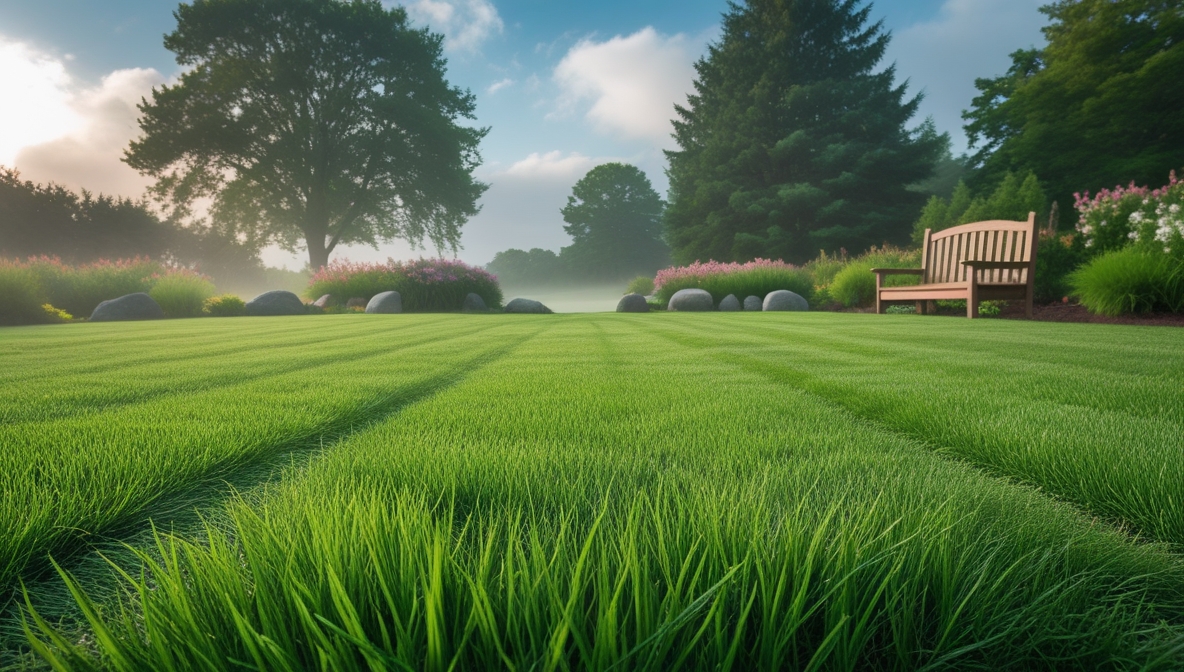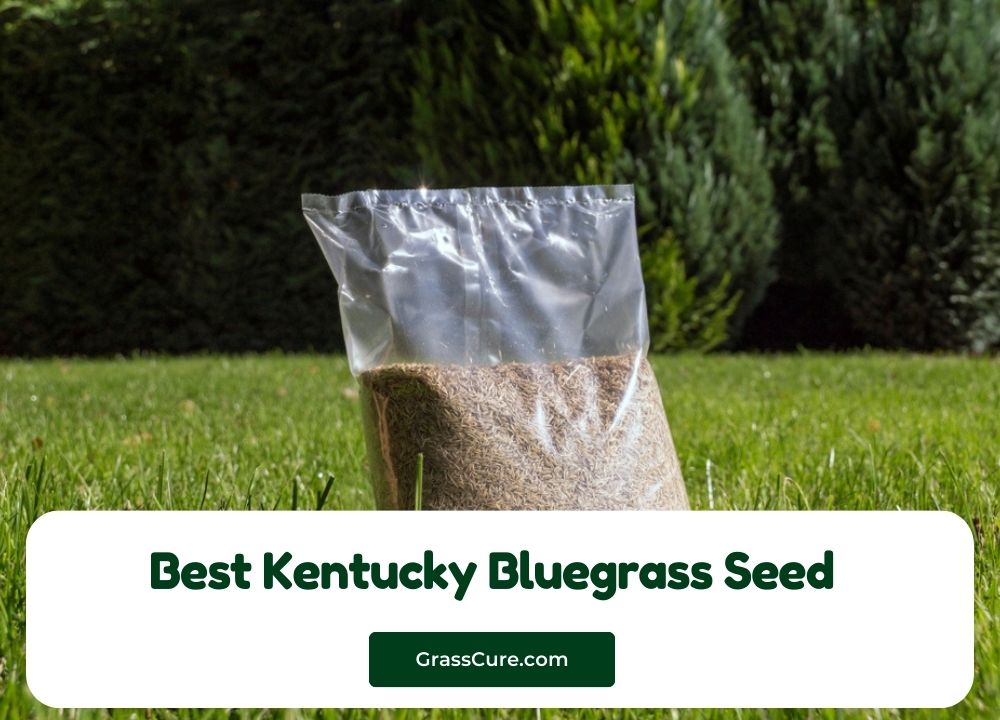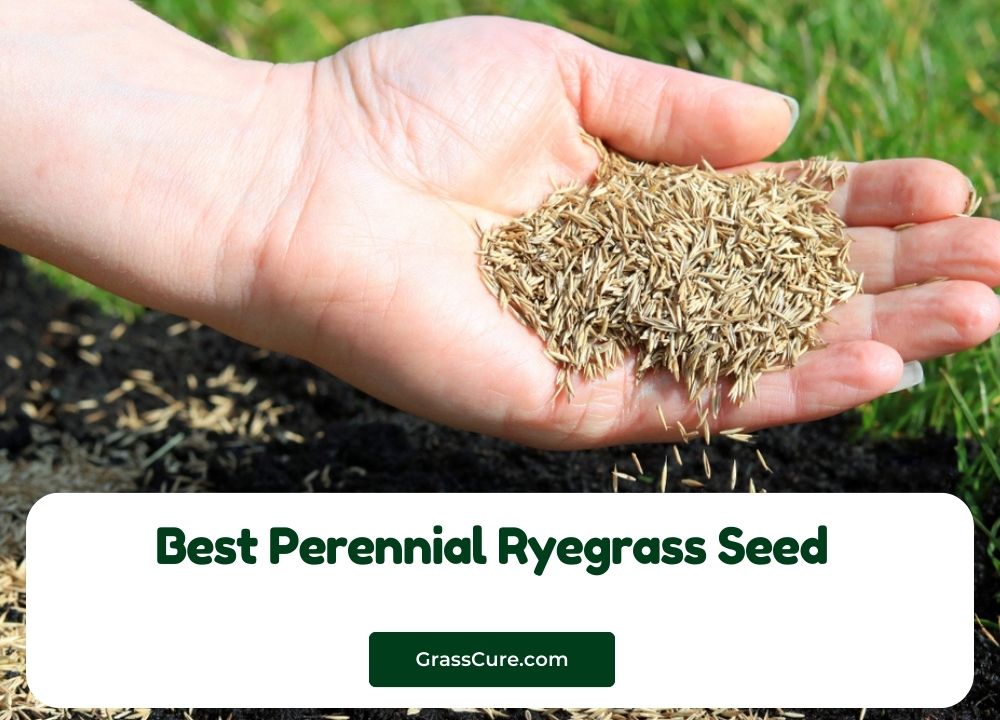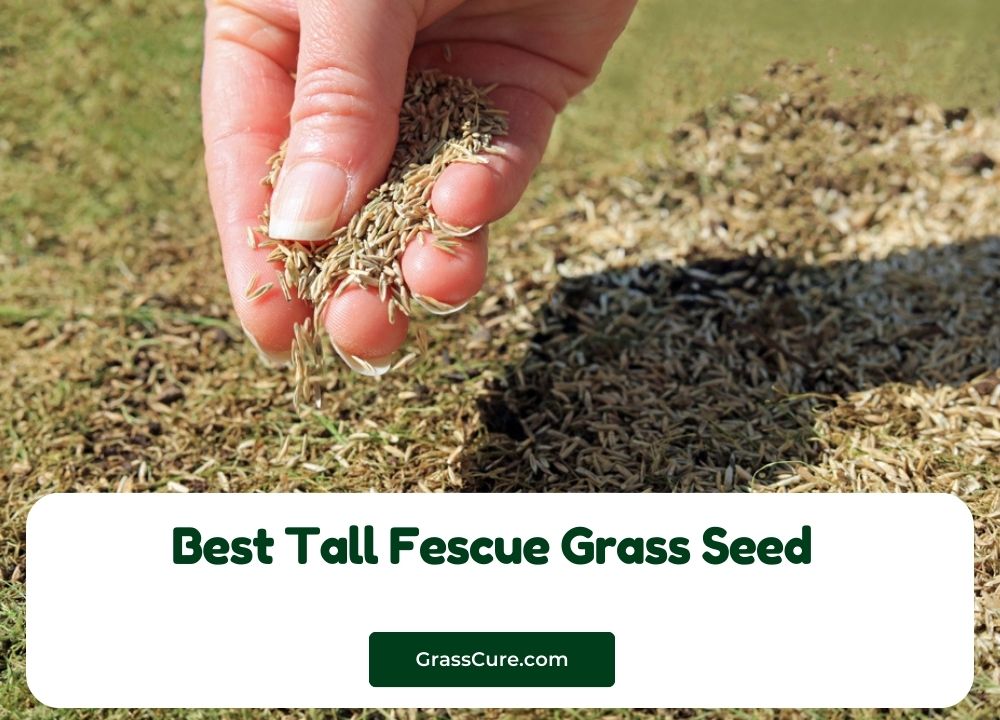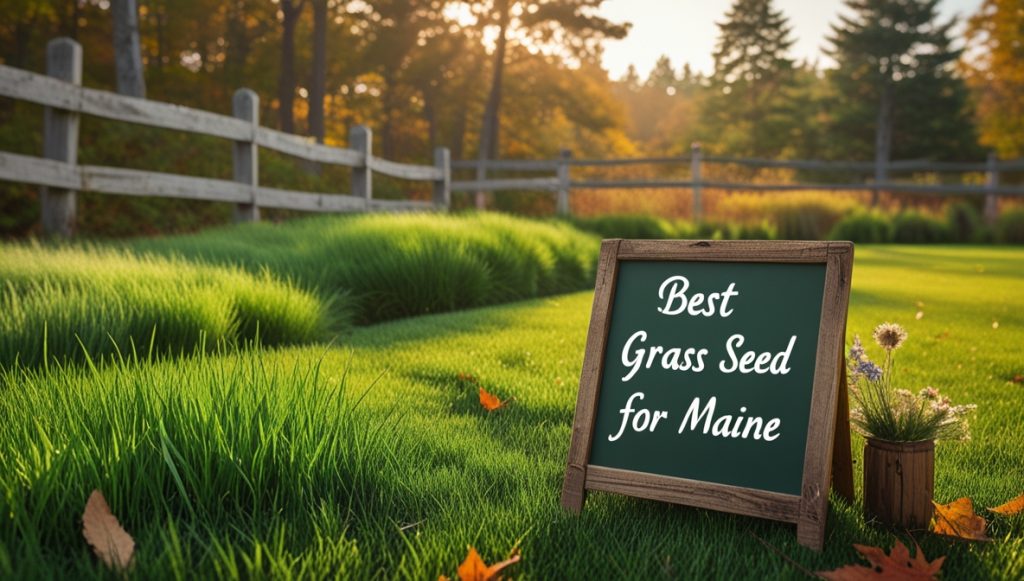Having a lush, green lawn is a common desire, but achieving this on clay soil presents unique challenges. Clay’s dense nature makes it difficult for grass roots to penetrate, leading to poor drainage, compaction, and ultimately, a struggling lawn. This article will guide you through selecting and establishing the best grass seed for your clay soil, helping you cultivate the healthy lawn you’ve always wanted.
Contents
- Understanding Clay Soil’s Challenges
- Choosing the Right Grass Seed Type
- Key Traits for Clay Soil Success
- Fine Fescue: A Clay Soil Champion
- Kentucky Bluegrass: A Clay Soil Option
- Ryegrass: Tolerant, But With Caveats
- Preparing Your Clay Soil for Seeding
- Overseeding: A Clay Soil Strategy
- Essential Aftercare for Clay Soil Lawns
- Maintaining a Thriving Clay Soil Lawn
Understanding Clay Soil’s Challenges
Clay soil, with its fine particles, holds water tenaciously. This can lead to waterlogging, suffocating grass roots and creating ideal conditions for fungal diseases. Furthermore, clay soil compacts easily under foot traffic, further restricting root growth and air circulation. The result is often a patchy, thin lawn that struggles to thrive.
Consequently, choosing the right grass seed is crucial for success on clay soil. You need varieties that can tolerate these difficult conditions, exhibiting strong root systems to break through compaction and drought tolerance to handle both waterlogging and dry spells.
Choosing the Right Grass Seed Type
Selecting the appropriate grass seed is the first step towards a successful clay soil lawn. Different grass types possess varying tolerances to clay’s unique characteristics. Some varieties excel in these conditions, while others struggle and quickly succumb to the challenges.
Therefore, careful consideration should be given to the specific needs of your climate and the characteristics of your clay soil. Researching the best options for your region will significantly improve your chances of establishing a thriving lawn.
Key Traits for Clay Soil Success
Several key traits distinguish grass seeds well-suited for clay soil. Firstly, strong, deep root systems are essential for penetrating the compacted soil and accessing water and nutrients. Secondly, drought tolerance is critical, as clay soil can retain excessive moisture or experience periods of dryness.
In addition, disease resistance is vital, as clay’s damp conditions can encourage fungal growth. Finally, shade tolerance is beneficial, especially in areas where clay soil often leads to poor drainage and therefore less sunlight penetration.
Fine Fescue: A Clay Soil Champion
Fine fescue grasses are renowned for their adaptability to challenging conditions, including clay soil. Their fine blades create a dense, attractive turf, and their shallow root systems are remarkably effective at penetrating compacted clay.
Moreover, fine fescue varieties are generally more shade-tolerant than other grasses, making them an excellent choice for areas with limited sunlight. Their low maintenance requirements further enhance their appeal for homeowners seeking a low-effort, high-reward lawn solution.
Kentucky Bluegrass: A Clay Soil Option
Kentucky bluegrass is another popular choice, though it presents some trade-offs. While it can tolerate clay, it requires more meticulous care compared to fine fescue. Its relatively deep root system helps it access moisture and nutrients in compacted soil.
However, Kentucky bluegrass is less tolerant of shade and drought than fine fescue. It also demands more consistent watering and fertilization to maintain its lush appearance on clay soil. Careful consideration of your specific site conditions is crucial before opting for this variety.
Ryegrass: Tolerant, But With Caveats
Ryegrass offers a fast-establishing option for clay soil, ideal for quick coverage. Its rapid germination and growth make it a popular choice for overseeding or filling bare patches. It’s also relatively tolerant of clay’s compaction and poor drainage.
Nevertheless, ryegrass is generally a shorter-lived grass than fine fescue or Kentucky bluegrass. It requires more frequent reseeding and may not be the best long-term solution for a consistently beautiful lawn on clay. It’s best suited as a temporary or supplemental grass.
Preparing Your Clay Soil for Seeding
Before seeding, thorough soil preparation is paramount for success on clay soil. Begin by conducting a soil test to determine its pH and nutrient levels. Amend the soil with organic matter like compost to improve drainage, aeration, and nutrient content.
Subsequently, till or aerate the soil to break up compaction and create a suitable seedbed. This step significantly enhances root penetration and overall grass health. Remember, well-prepared soil is the foundation for a healthy lawn.
Overseeding: A Clay Soil Strategy
Overseeding is a highly effective strategy for improving existing clay soil lawns. This involves broadcasting new grass seed over the existing turf to thicken it up and fill in bare patches. It’s particularly beneficial in combating thinning or patchy areas common in clay soils.
Furthermore, overseeding helps to improve the lawn’s overall density, resilience, and ability to compete with weeds. Choose a grass seed blend suitable for your existing lawn and follow the manufacturer’s instructions for seeding rate and depth.
Essential Aftercare for Clay Soil Lawns
After seeding, consistent watering is crucial, especially during germination. Maintain consistent moisture, but avoid overwatering, which can lead to waterlogging and fungal diseases. Use a gentle spray to avoid dislodging the seeds.
Additionally, avoid heavy foot traffic on the newly seeded area until the grass is established. This allows the roots to develop a strong hold in the soil. Regular fertilization and weed control further contribute to a healthy lawn.
Maintaining a Thriving Clay Soil Lawn
Long-term maintenance is key to sustaining a healthy lawn on clay soil. Regular aeration helps to alleviate compaction and improve drainage. Topdressing with compost or other organic matter provides nutrients and further improves soil structure.
Moreover, monitor for signs of disease or pests and address them promptly. Regular mowing at the correct height promotes healthy growth. With consistent care and attention, you can enjoy a beautiful lawn even on challenging clay soil.
Establishing and maintaining a thriving lawn on clay soil requires careful planning and consistent effort. By selecting the right grass seed, preparing the soil properly, and providing adequate aftercare, you can overcome the challenges of clay and enjoy the beauty of a lush, green lawn. Remember, patience and persistence are key to success.
